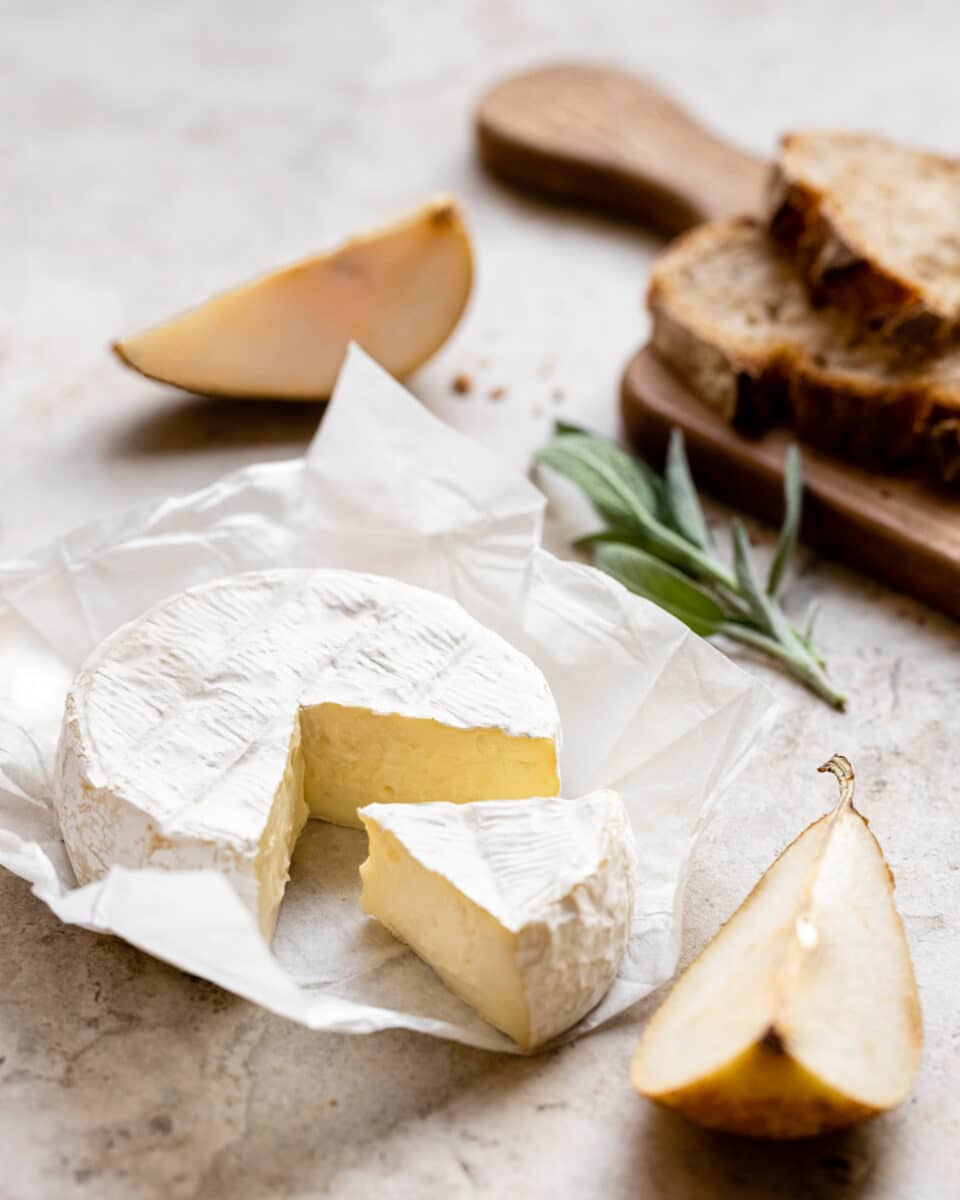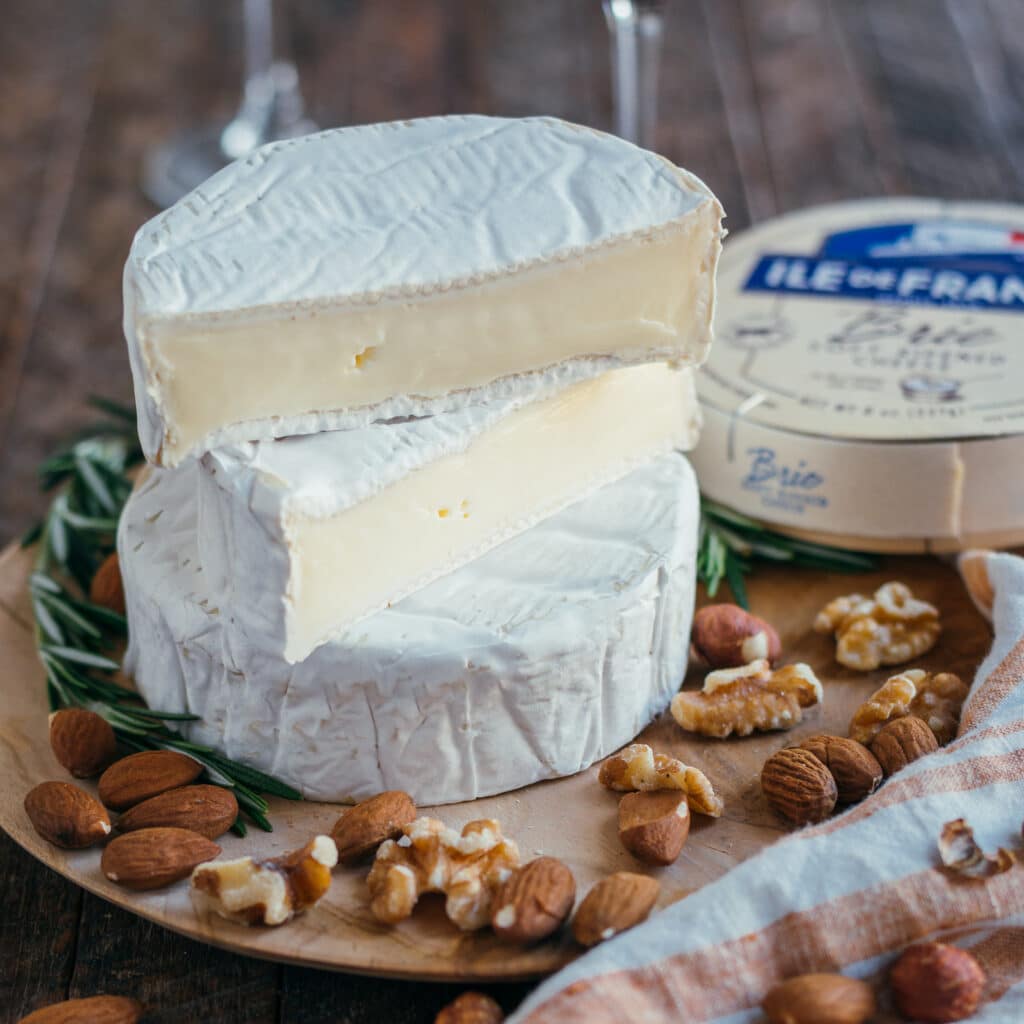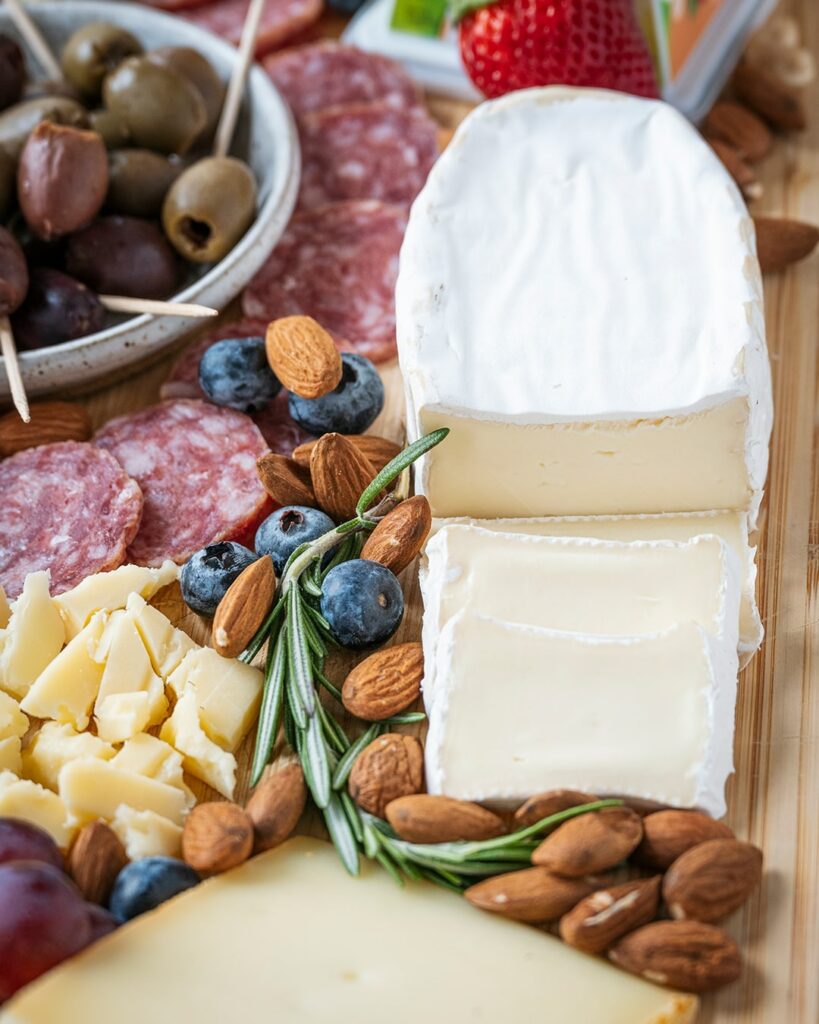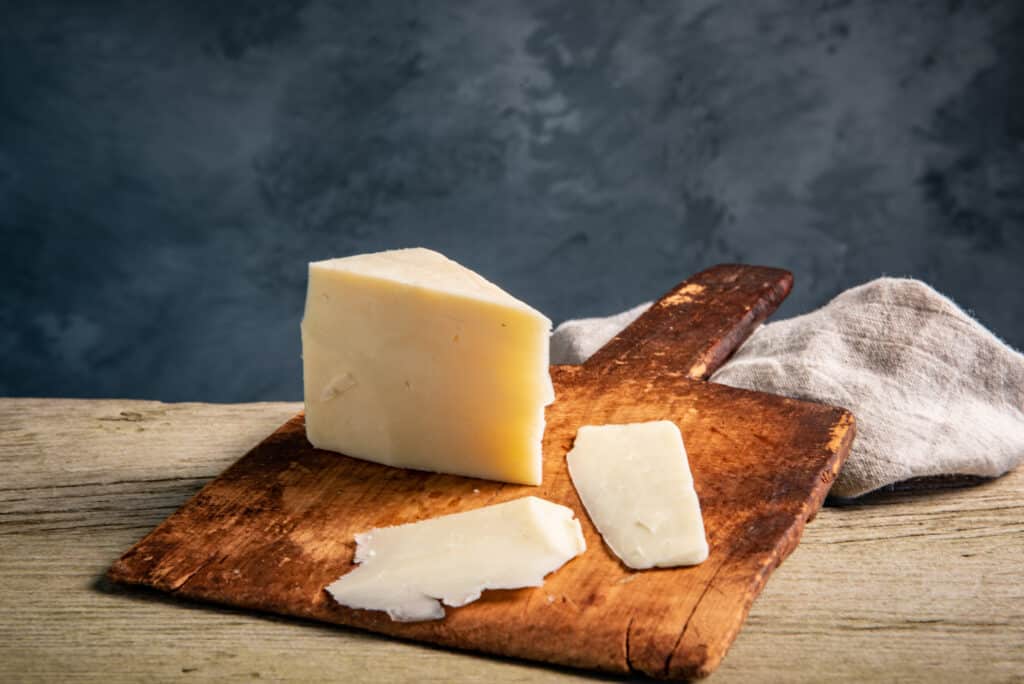
What is cheese's sensory analysis
What is cheese sensory analysis?
As with good wine, a cheese’s taste, depth, and the craftsmanship of the cheesemaker can be better judged and appreciated under the right conditions. How do they ensure that the cheese hits the market at its peak, at a quality that’s always consistent? They have their own testing process that allows them to monitor the ripening of their cheeses, something called sensory analysis.
Here are some examples of the tests involved in cheese sensory analysis.

The triangle test, to test the use of different processes
Sometimes, the cheesemaker wants to implement a different process, like the use of another rennet, or some other change in the recipe – and they want to understand how it changes the taste and perception of the cheese.
To do this, they present three cheeses to the taster, without revealing which one is different. The taster must identify which cheese differs from the others, and what differences they can detect.

A taste-preference test, to compare a cheese with other cheeses on the market
To guarantee they’re offering the best cheese, cheesemakers have to make sure their cheese stands out, compared with other cheeses on the market. To test this, tasters are again presented with several cheeses, with no description or recognizable features. They then have to rank how much they like each cheese on a scale (or they might score several criteria for each cheese – like the texture, the rind, etc.).

Other types of test
The subjective sensory-analysis tests explained above ensure that the cheeses will be to customers’ liking. But there are other criteria to consider for cheese too, like the exact butterfat content. So there are also a wide range of objective tests aimed at ensuring the quality of the cheese. These can be performed either by an expert taster, or by using machines that analyze the cheese’s structure. This latter form of sensory analysis enables cheese’s characteristics (like lactic, soft, acidic, etc.) to be accurately described.
A sensory analysis doesn’t just consist of a single test, rather it’s a set of tests. These are performed at different stages as the cheese matures, with the conclusion drawn after comparing results of each test and at each stage.




